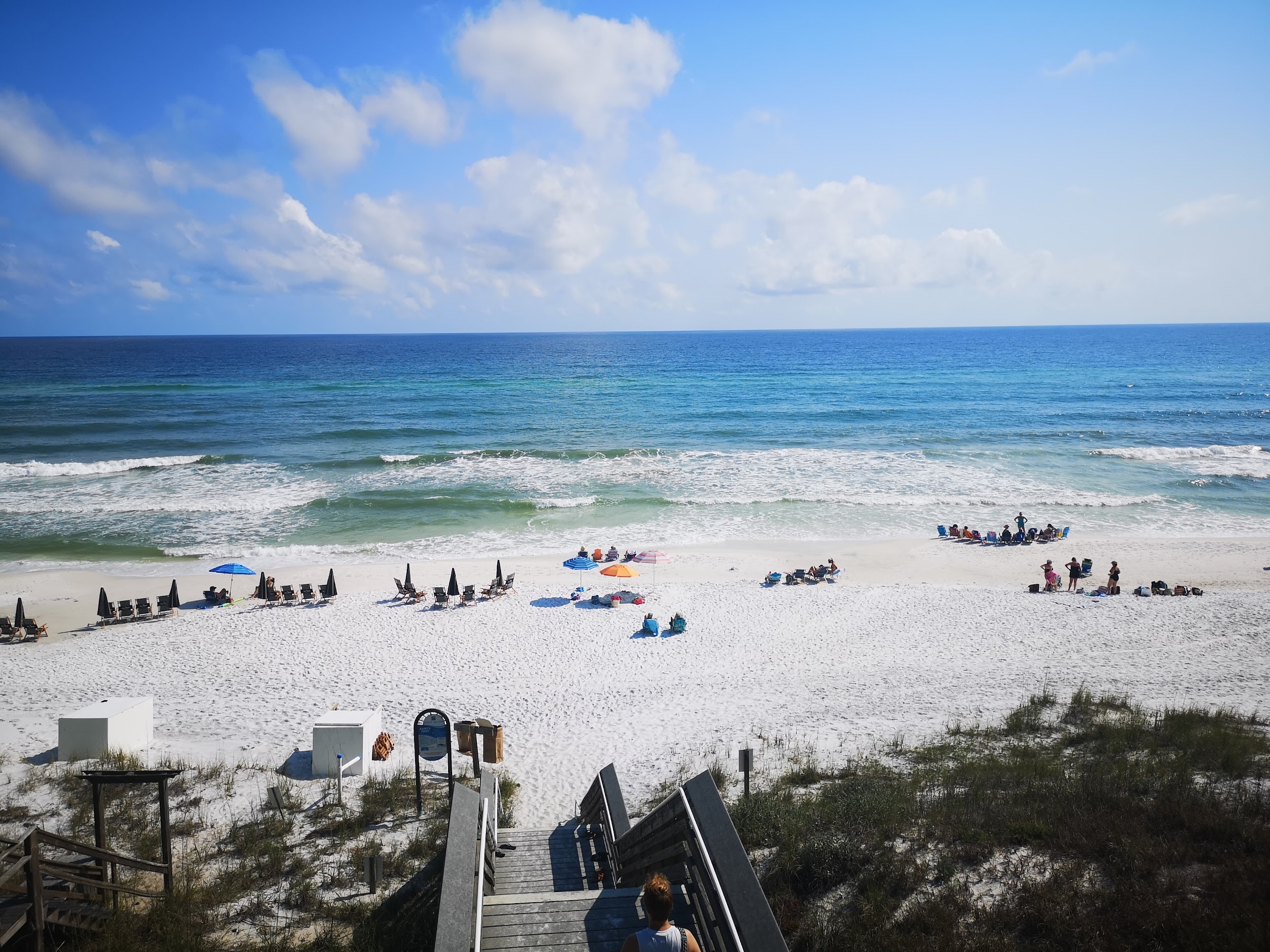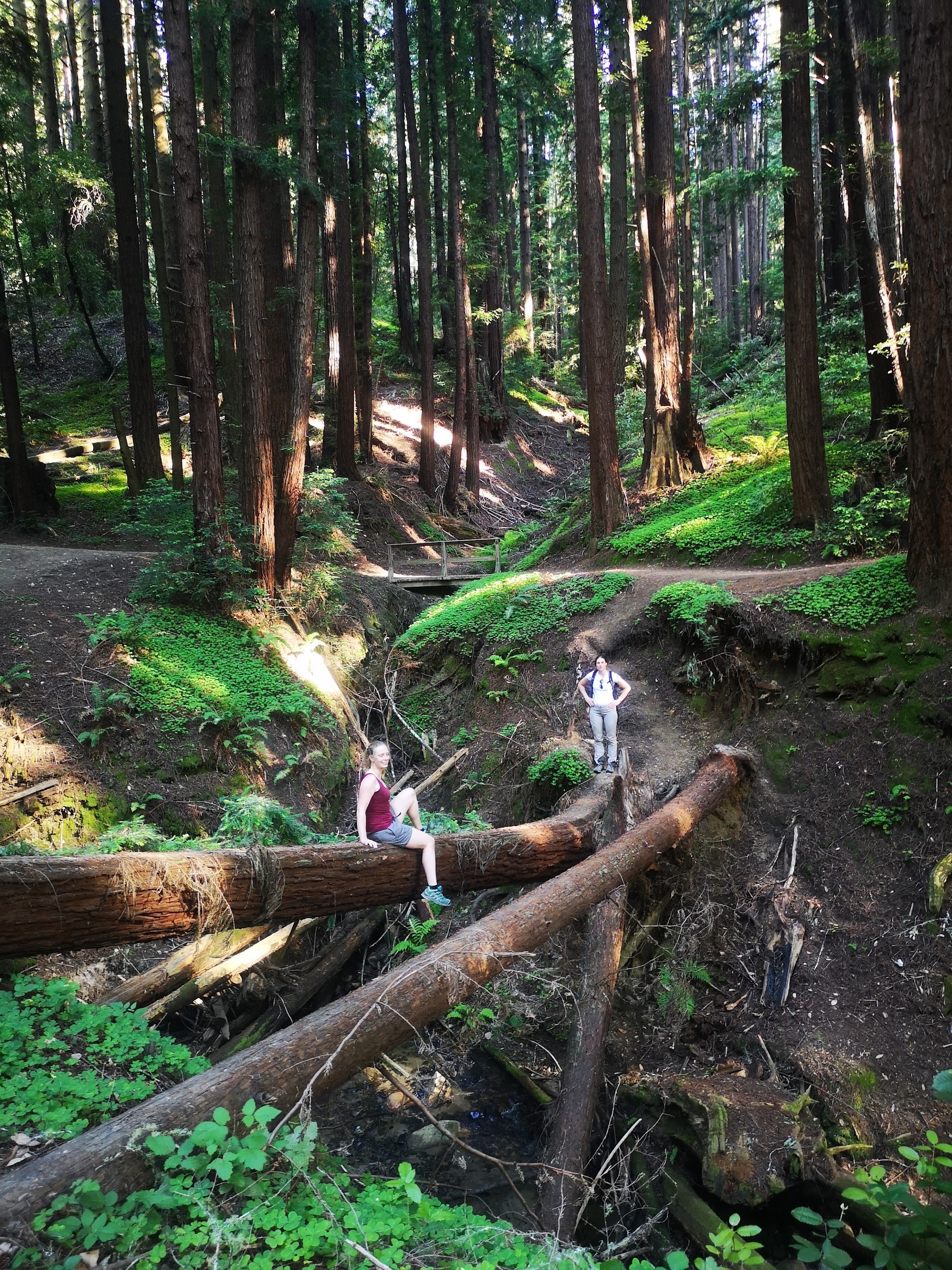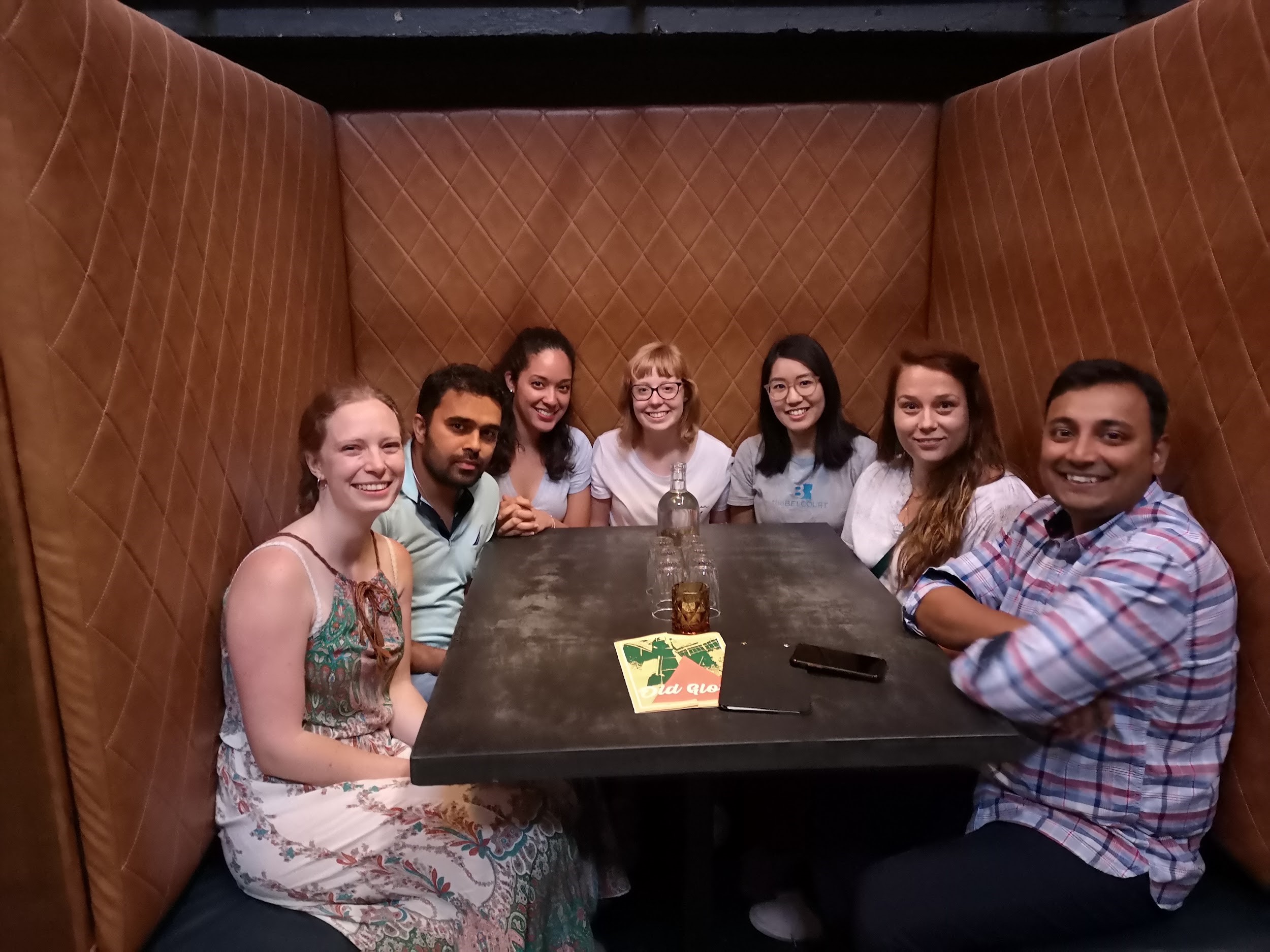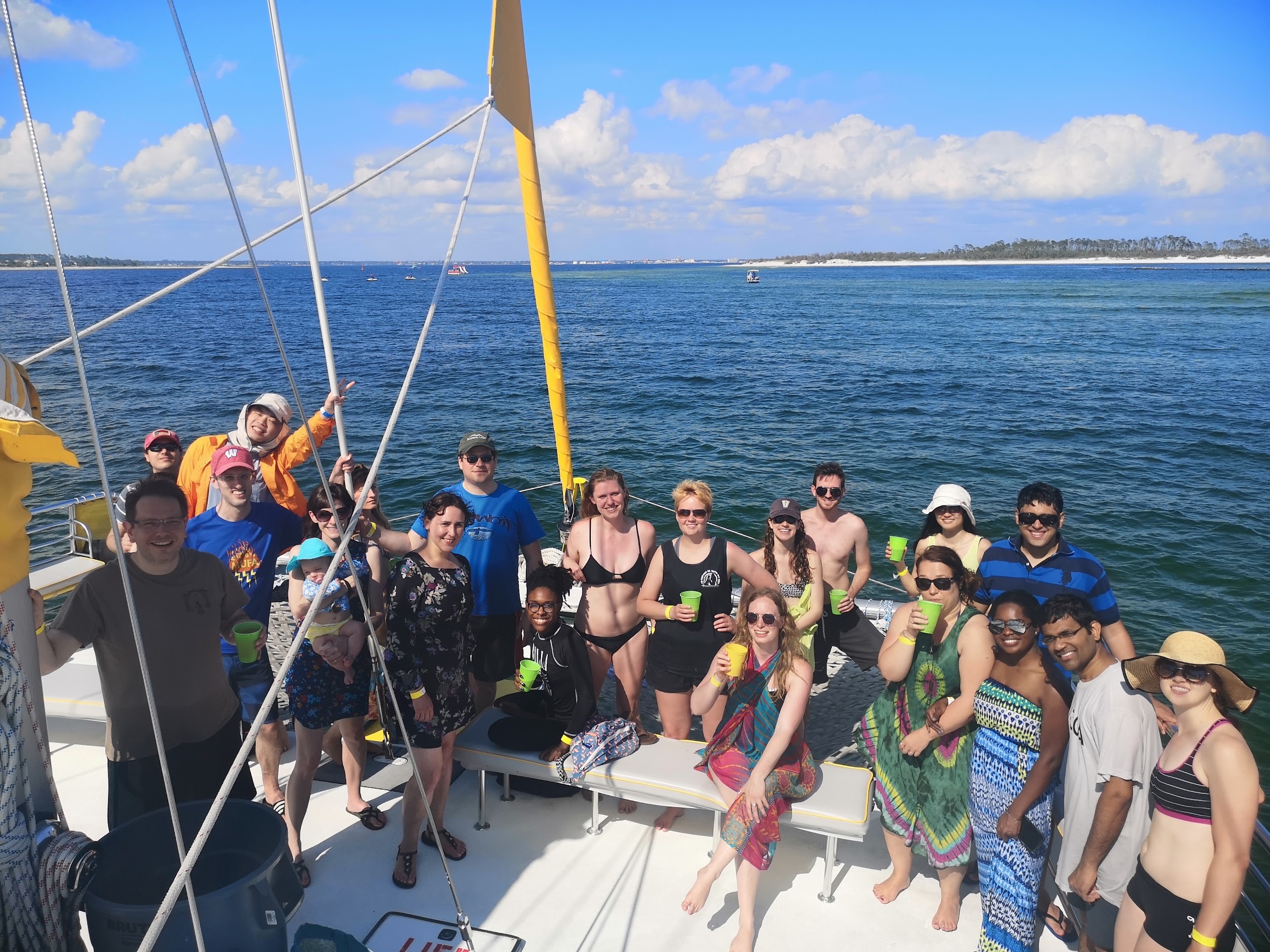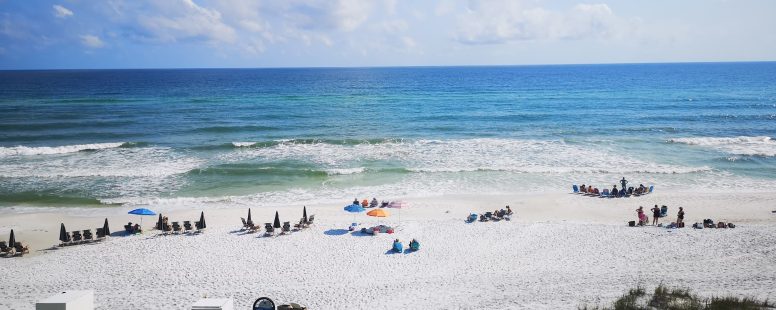Short Report by Johanna Tiemann: Arrestin interaction with SRC family kinases. (Apr. 2019)
Johanna K. S. Tiemann1, Prof. Dr. Vsevolod Gurevich2, Dr. Sandra Berndt2
1. Leipzig University 2. Vanderbilt University
The aim of my exchange was to deepen the collaboration between the laboratory of Prof. Peter Hildebrand and Prof. Tina Iverson and Prof. Seva Gurevich and to push the project on the investigation of arrestin interactions with SRC family kinases forward.
Arrestin is a key intracellular downstream signaling molecule, mediating G protein-coupled receptors and other proteins such as kinases. Those proteins are involved in tumor progression and metastasis, their study, therefore, of noticeable interest. Especially the interaction of arrestin with kinases, in particular, SRC family kinases is so far barely understood. Through the established collaboration, experimental and computational methods should be used to investigate the protein interactions.
During my stay at Vanderbilt University, my aim was to gain a better understanding of the biology and function of arrestins and SRC family kinases and of the experimental methods used to study their interactions. I applied this obtained knowledge by integrating it into the setup and interpretation of results obtained from computational methods such as visualization, modeling, and molecular dynamics. This allowed me a better comparison of computational with experimental findings and their interpretation.
Starting with my arrival at the airport, I was welcomed with an open heart and mind by Sandra Berndt, who also took my hand and worked me through all different kinds of experiments, from the beginnings with mixing the right ingredients together to measuring, analyzing and interpreting the results of not only NMR but also X-ray crystallography, peptide arrays, and other cell assays. She also introduced me to the normal-scientists life in Nashville and around.
Additionally, I was invited to join with Sandra the lab-retreat of the Meiler lab to Florida. As we traveled there by car, it was a unique opportunity to explore the country a bit further and the retreat itself with its beach-soccer game, volleyball lessons, pool-water battles and of course the famous catamaran trip gave me an unforgettable time. Towards the end, I was also able to make a flying visit to a friend in Standford and explore possible future options for my path in science.
I am very grateful for all these experiences, newly gained knowledge and friends and inspiring time – with an extra special thanks to Sandra and the rest of the Iverson lab!
